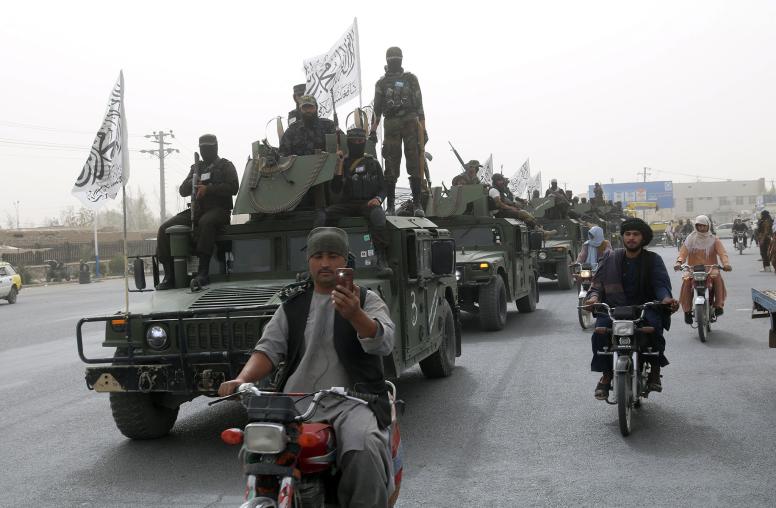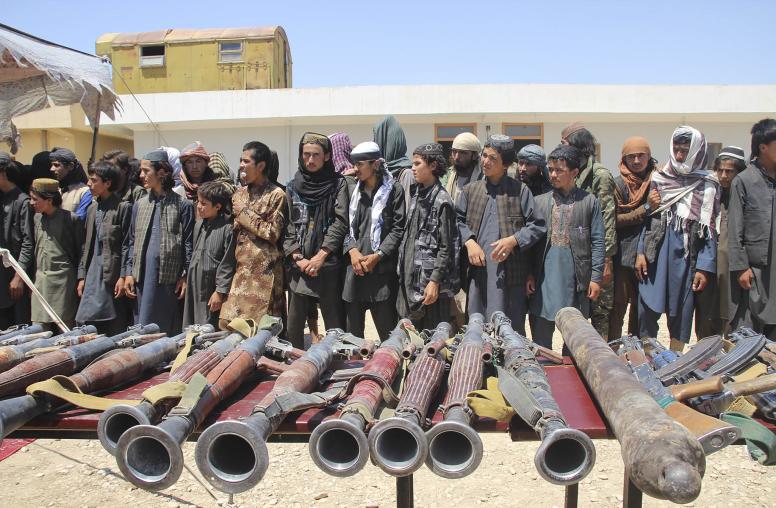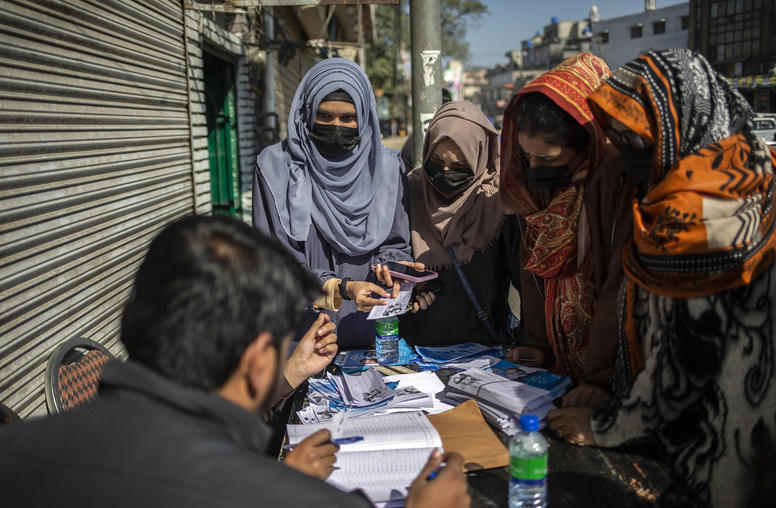In one of the most scenic but also one of the more contentious regions of Pakistan, USIP is supporting a project to inculcate civic skills, democratic culture, and a spirit of tolerance in the next generation of leaders.

The party leaders, general secretaries, deputy speakers and chief party whips selected during a recent meeting in the Khyber Pakhtunkhwa Assembly Hall were more than a little younger than usual. But in a country like Pakistan, that’s the point. About 36 million of Pakistan’s population, or 23 percent, are between the ages of 15 and 24, and they’re effectively the focus of the political battle for the country’s future.
So in one of the most scenic but also one of the more contentious regions of Pakistan, USIP is supporting a project to inculcate leadership skills, democratic culture and a spirit of tolerance in the next generation of lawmakers. The 11-year-old nonprofit Pakistan Institute of Legislative Development and Transparency, or PILDAT, is replicating a national project it organized previously, the Youth Parliament of Pakistan, in Peshawar, the capital of what once was known as the North West Frontier Province.
The province may be best known in the West for its Swat Valley, once -- and now gradually again – a picturesque tourist haven that was plunged into deadly fighting when the Taliban sought to take over in 2009. It’s also the home of Malala Yousafzai, the 14-year-old girl who became a worldwide symbol of her country’s struggle to educate girls when Taliban gunmen shot her in the head and neck in October as she sat with a bus full of schoolchildren.
On Jan. 23, about 40 men and women ages 18 to 29 gathered for the inaugural session of the Youth Provincial Assembly – Khyber Pakhtunkhwa, or YPA-KP, in Peshawar. About 10 percent of them are female, and 25 joined the liberal “Blue Party” while 15 are members of the traditional “Green Party,” according to the web site of the new assembly’s secretariat. The real 124-member KP assembly’s roster is 20 percent female, and most of its members belong to three of the six parties represented.
The gathering marked the first time in Pakistan that a real legislative hall had been used for a mock assembly of youth, according to the secretariat. A few days later, the assembled youths recommended that the government adopt a “firm policy” to address terrorism, according to the web site.
The one-year youth assembly project is designed to prepare the young Pakistanis “to play a responsible role in the national politics of their country and for bringing them into mainstream politics rather than the radical groups that don’t support the institutions of democracy,” said Barmak Pazhwak, a USIP senior program officer who manages the project in Washington. Electoral rolls show the 18-to-35 age group constitutes 40 million or more than 47 percent of total registered voters, the largest segment.
Pakistani youths who have participated in the three years thus far of the Youth Parliament of Pakistan have kept in touch and some are studying to work in civil service, according to PILDAT. The Youth Parliament Alumni group advises new members each year and helped with moral and financial support when six members of the Youth Parliament died in a tragic plane crash near Islamabad in July 2010. Alumni also are involved in relief efforts for repeated devastating flooding that has hit Pakistan in recent years.
What do you see as the hurdles for young leaders like these in Pakistan to become the lawmakers of tomorrow? Tell us your thoughts by submitting a comment below.
Viola Gienger is a senior writer at USIP.



